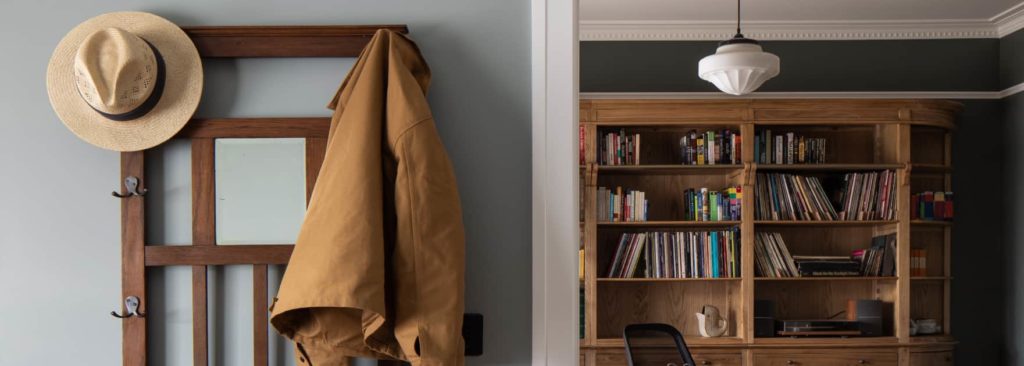7 things to avoid when working with an architect
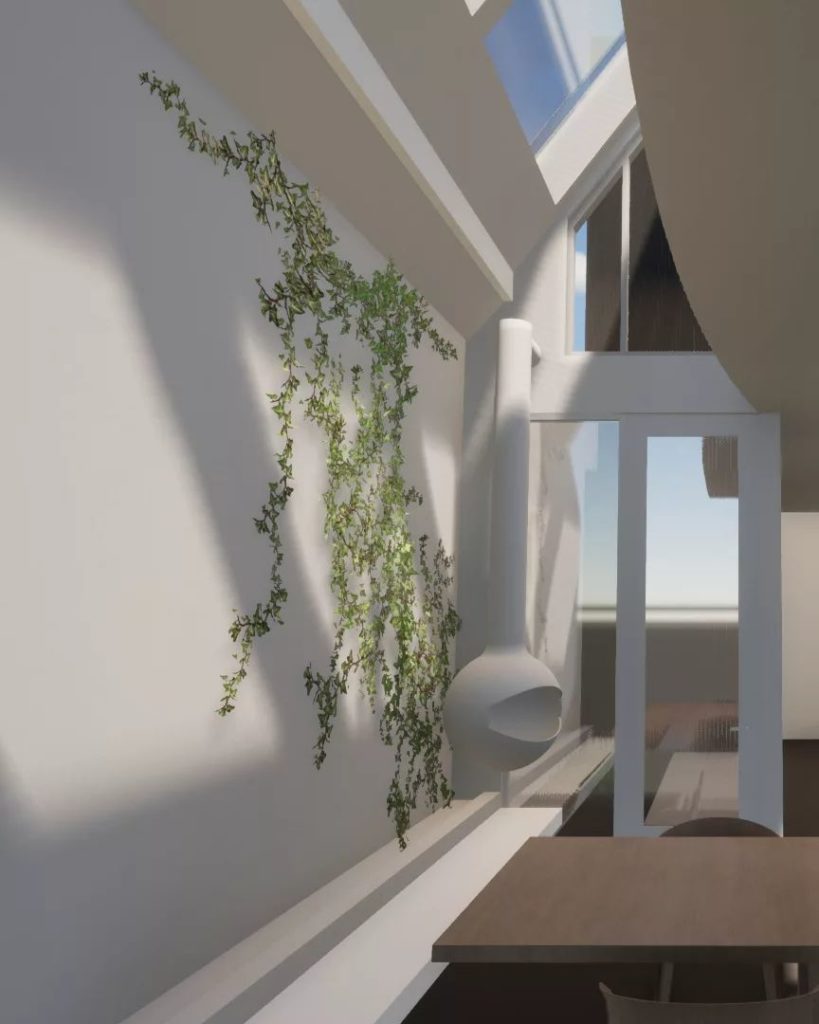
Working with an architect should be openly creative and collaborative. At the end of the day, you are working together to create a home that represents you, your lifestyle, and your aspirations. But how do you make the most of this partnership to ensure you get the best return on investment?
We take a look at 7 things to avoid when working with an architect:
1. Don’t list off the inclusions, like, “I want three bedrooms and 2 bathrooms” instead, say, “I want to achieve a feeling of x, y, z” and let the architect find a creative solution that fits with the concept and works with your environment. Do away with preconceptions of how things should be, where they should be or what they should look like – doing this will only limit your architect to the extent of your imagination.
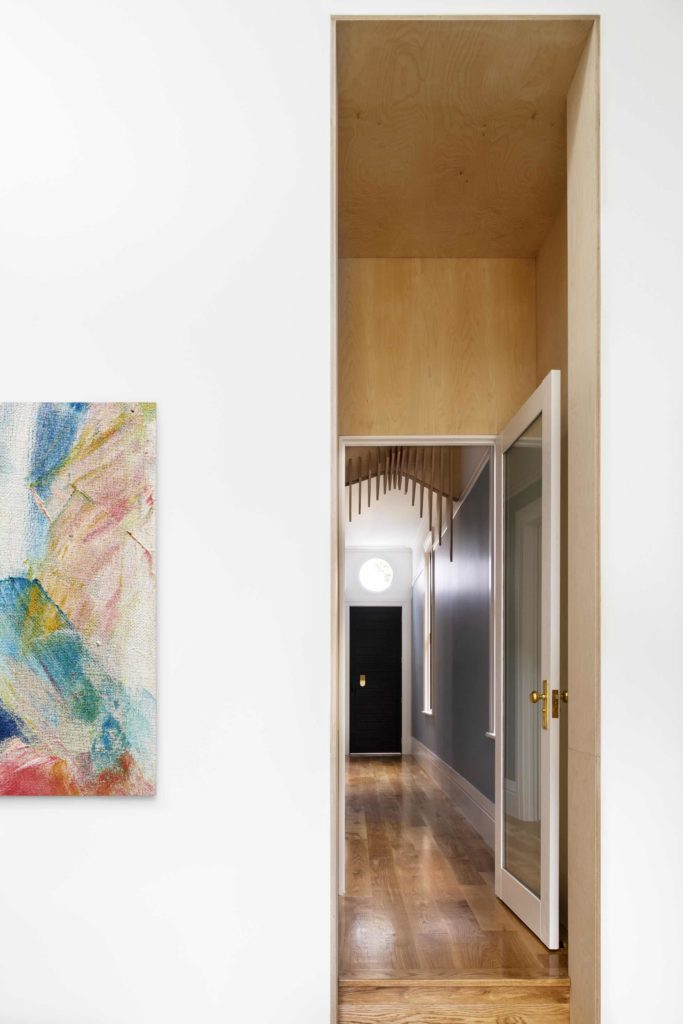
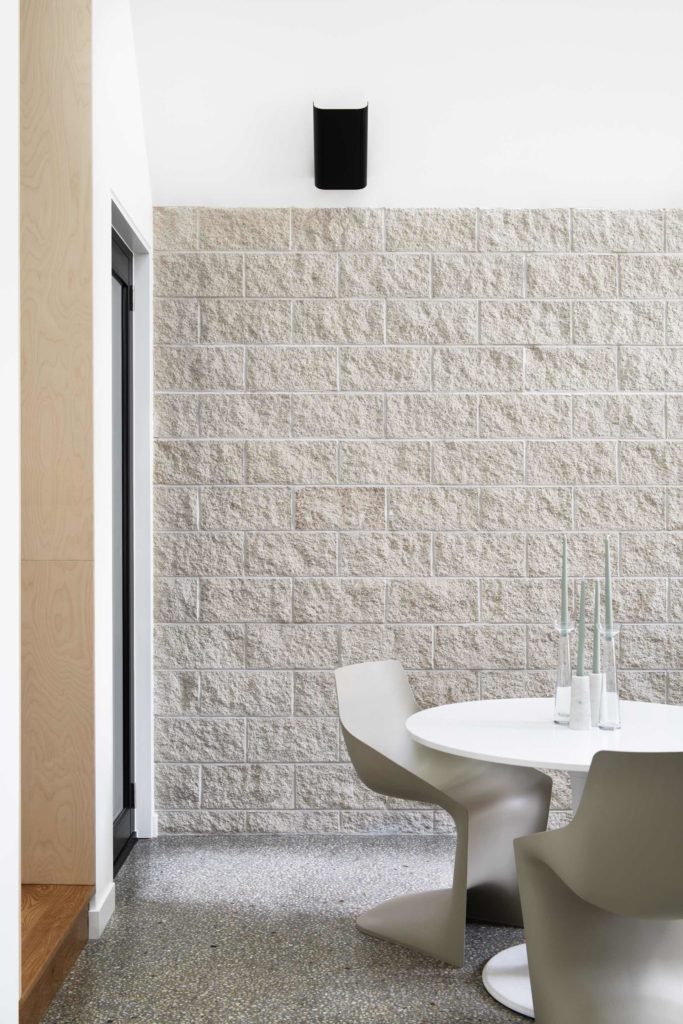
2. Don’t avoid hurting their feelings. Nothing can be more destructive than shyly agreeing to design aspects you dislike, hoping you’ll change your mind. Your architect designs cohesively and holistically, and sometimes it’s not easy to simply substitute one thing for another, especially way down the path when everything has been designed in detail – one small change at the end could lead to a very drastic chain of necessary changes that only creates more work for the architect. Just be honest and upfront. If you don’t like it, try to understand why your architect thinks this is right for you and your space – ask them what the intended effect is of the design aspect, allowing them to provide you with more information to explain the idea. We recently had a really great response from a client explaining that she felt she was more funky and fun and didn’t mind exploring more unusual solutions. It was great feedback because we immediately identified how to include this as part of the design concept.
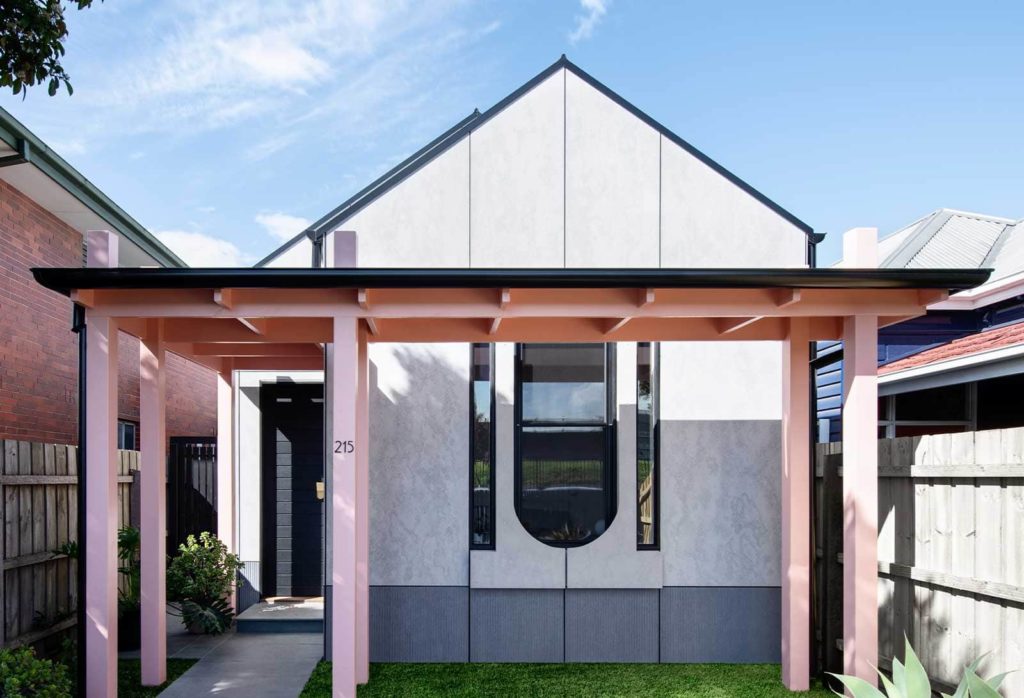
3. Don’t ask to see their idea on Pinterest or Houzz – if you’re having trouble visualising, ask your architect to help you understand it, and let them know you have difficulty visualising it – they can then tap into their resources to explain their idea. Sometimes the idea is so unique, that they simply can’t find a photo of it on Pinterest – it doesn’t mean it’s wrong, it just means your architect is a creative genius.
4. Don’t insist on removing unnecessary spaces. Practical and functional spaces don’t always necessarily make sense. Sometimes, there are seemingly functionless spaces on your floor plan that serve an ethereal purpose. Architects understand how people move their bodies through spaces, where sunlight will fall, or even want to provide an opportunity to stand back and admire a space. Some of the most famous houses have many ‘non-rooms’ without functions, which is why architects are fond of words like ‘vestibule’, ‘lobby’, and ‘gallery’ in their plans.
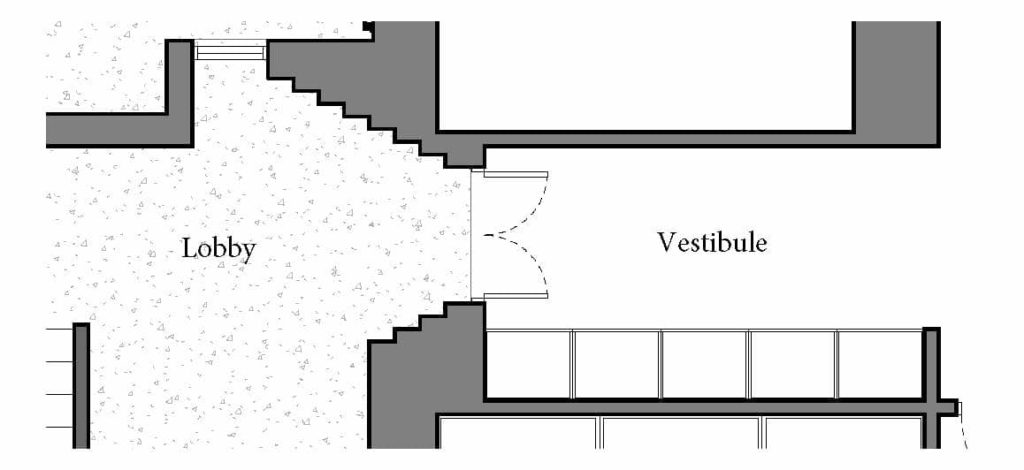
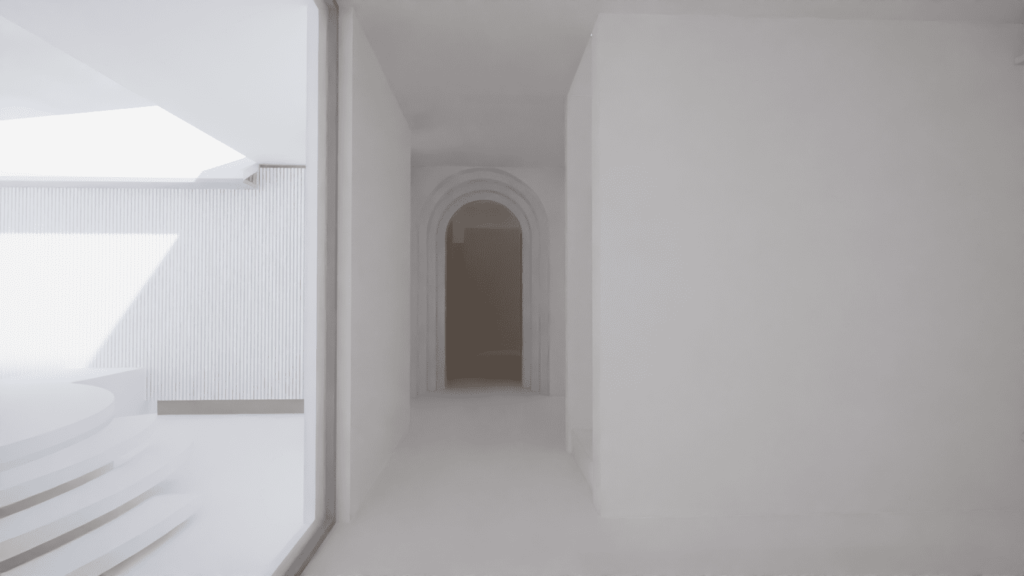
5. Don’t engage your architect only for the concept design – if you think that you’re making the right decision to hire the architect just for one stage, and continue with a draftsperson for the rest of the project, then this is a mistake – this would be the equivalent of hiring Da Vinci to do a pencil outline on a canvas, then getting a house painter to paint onto the line drawing. The architect has designed the spaces they visualised – they know how it will look at the end, so it’s just a matter of process to work through the stages with you, and customise it to include your personal preferences (and your budget). Hiring a draftsperson will mean they have to ‘fill in the gaps’, having no idea what the design concept might have been and really not hitting the mark when it comes to the details and the finishes.
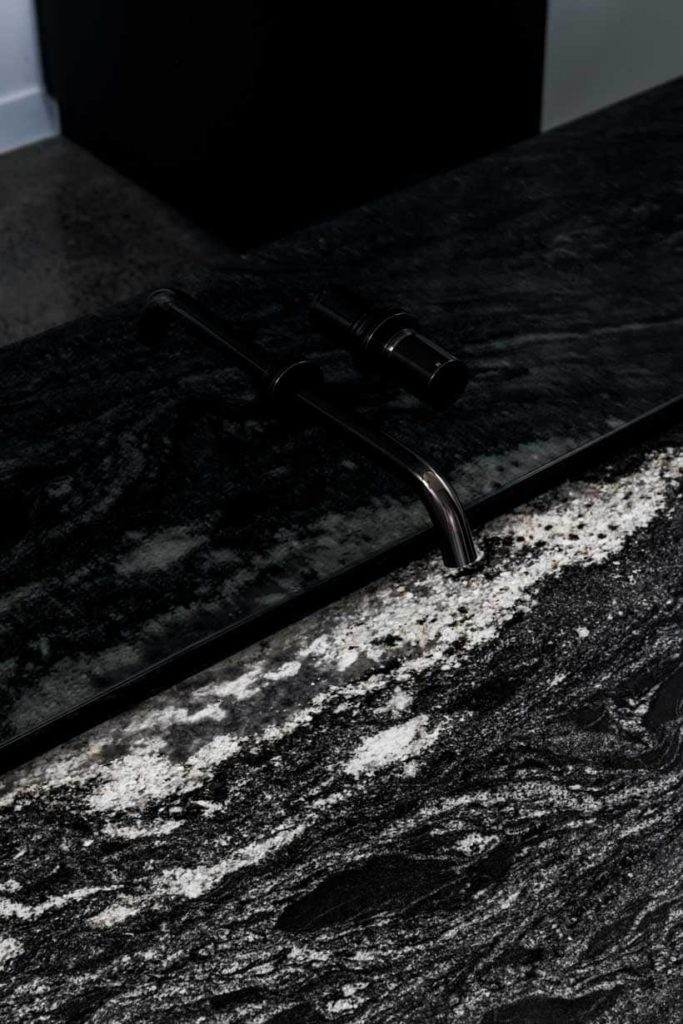
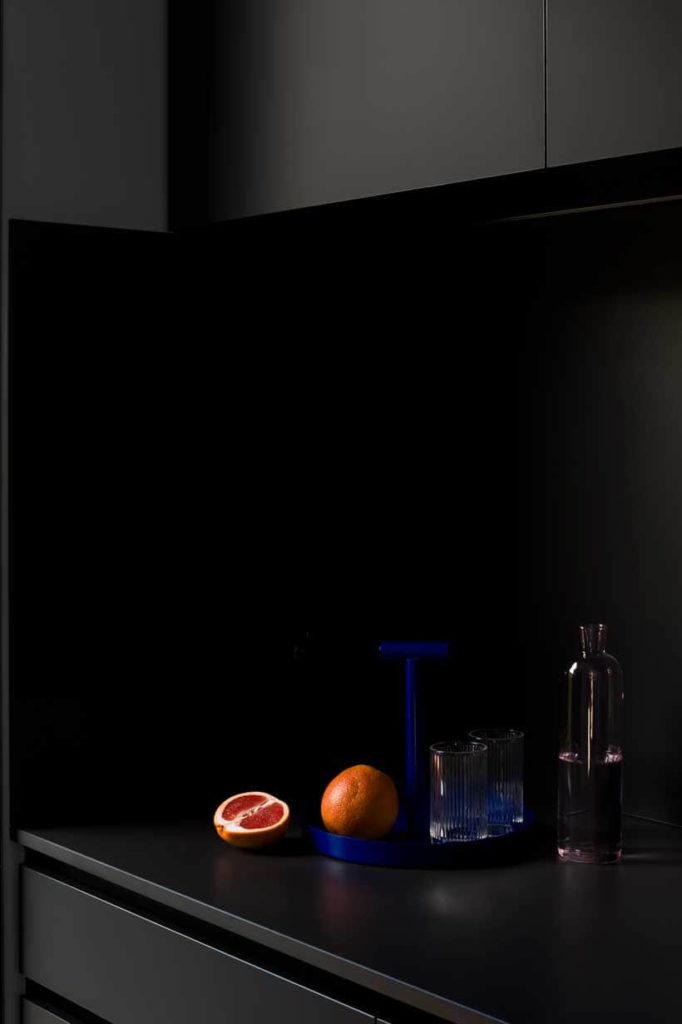
6. Don’t lie about your budget! Architects ‘read between the lines’ half the time because they know the client is just trying to save as much money in architect’s fees as they can. But there are clauses for that in the contract, so even if you lie, you’ll only end up having to back pay the difference in the end anyway. Furthermore, giving a low budget only means the architect will limit the creative genius so as not to go over budget. Then, when you end up agreeing to spend more on certain things, it’s only because the house isn’t as good as it could have been. For example, if I’d known the client had the budget to replace all the windows, I might have redesigned their locations and considered their openings to better suit the new layout of the space. So it became a missed opportunity when the client sneakily told the builder mid-construction to just ‘replace all the windows’.
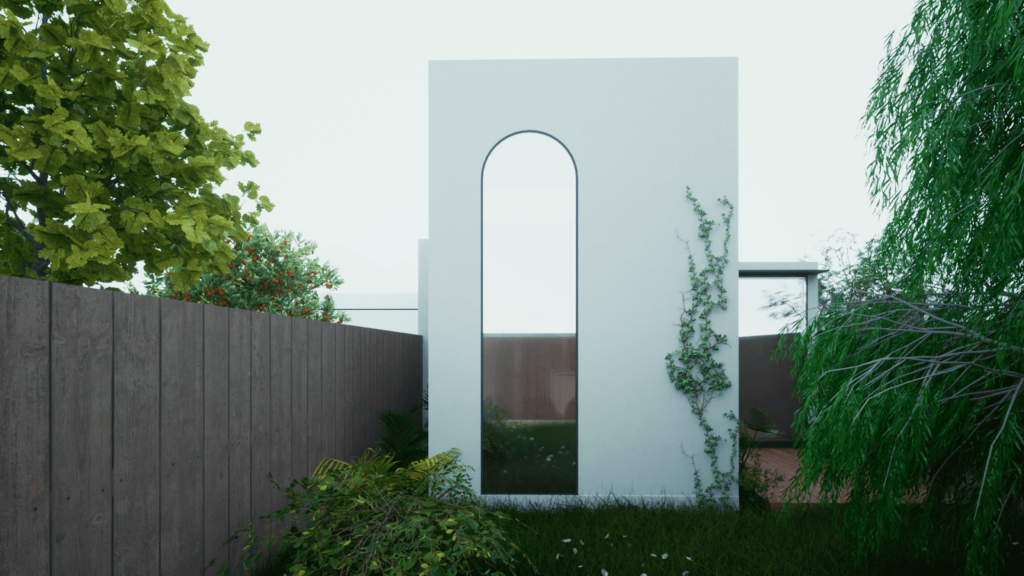
7. This is really just the tip of the iceberg based on some of my recent experiences and comparisons between projects that have gone smoothly versus ones that haven’t. I think, most importantly, a client should feel they trust their architects – it’s an important relationship because they will make hundreds of decisions on your behalf, right through the project, until you move in. You want to know that you will, more-or-less, agree with those decisions because your architect ‘gets’ you.
This means you should choose carefully – select an architect after interviewing them, seeing some of their work and then, if you feel like you’re getting along and you like the outcomes they achieve, you’re in luck.
